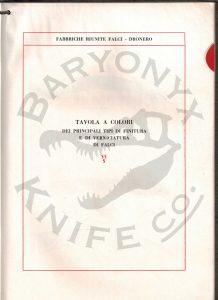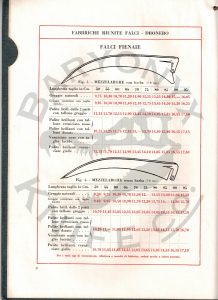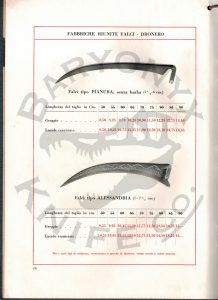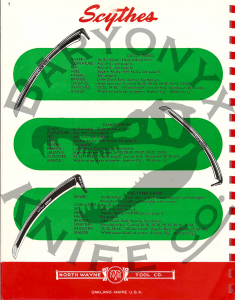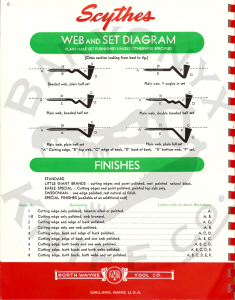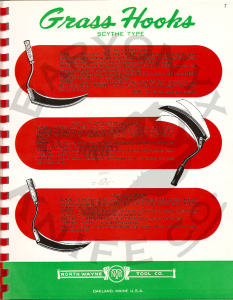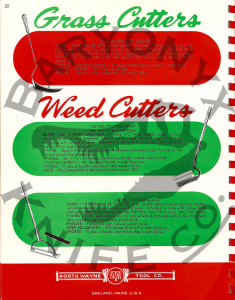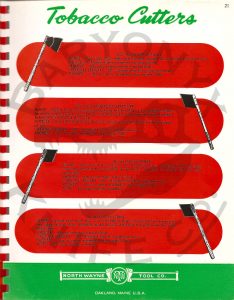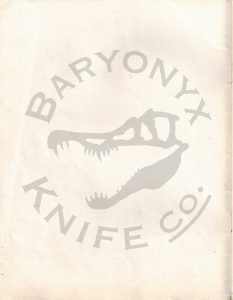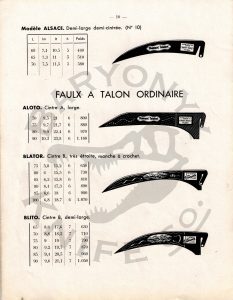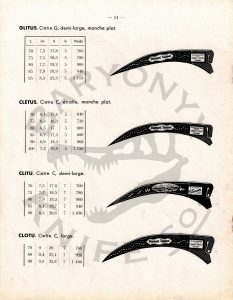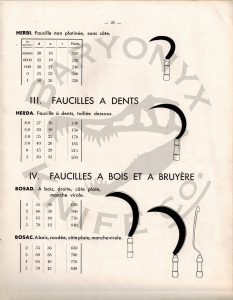Back in the 1960’s, researchers discovered that wood could be plasticized by use of treatment with ammonia gas in a pressure chamber. The ammonia would dissolve the hydrogen bonds between the lignin and the cellulose fibers, allowing the fibers to slip past one another, and enabling extreme bends to be made. When the ammonia evaporated out of the wood, fresh hydrogen bonds would form, setting the bend permanently in place as if the wood had grown that way. In the 1970’s through the present, some experiments have been done regarding the process, but it has yet to meet with any commercial application, mostly due to the difficulty of safely obtaining, storing, handling, and using deadly, corrosive anhydrous ammonia gas.
Meanwhile, woodworkers agree that kiln dried wood is difficult to bend, and that air-dried is the way to go if attempting to make steam-bent wood products. However, many parts of the world are unable to reasonably source air-dried stock and are forced to make do with kiln-dried. Many have discovered that adding a little household grade aqueous ammonia solution (1-3% concentration ammonium hydroxide) to their steam generator helps with bending kiln-dried wood. Ammonia fuming is a common woodworking technique to darken high-tannin woods like oak, and while stronger concentrations work faster, low concentrations have been found to still produce equal results if exposure time is lengthened. This, combined with stumbling across this 2015 study by an Iraqi university, combined to indicate to us that aqueous ammonia could be used as an effective wood plasticizer, significantly reducing the risks involved with working with the ammonia.
We have begun to experiment with treating wood with a 29% ammonium hydroxide solution, and the results are quite promising. Historically snath manufacture has been a costly process, with the steam bending resulting in a very high breakage rate. With good quality ash wood in scarcer supply than ever before thanks to the emerald ash borer, methods for reliably producing the complex bends of a scythe snath are the needed if a traditional or semi-traditional wooden American snath is to remain in production. Now that we’ve developed a soak tank and functioning method for producing a bend that forces compression, we will need to manufacture more clamps to produce the full 3D curvature needed for a finished snath and refine our drying methods to reduce checking due to the rapid evaporation rate of the ammonia.









